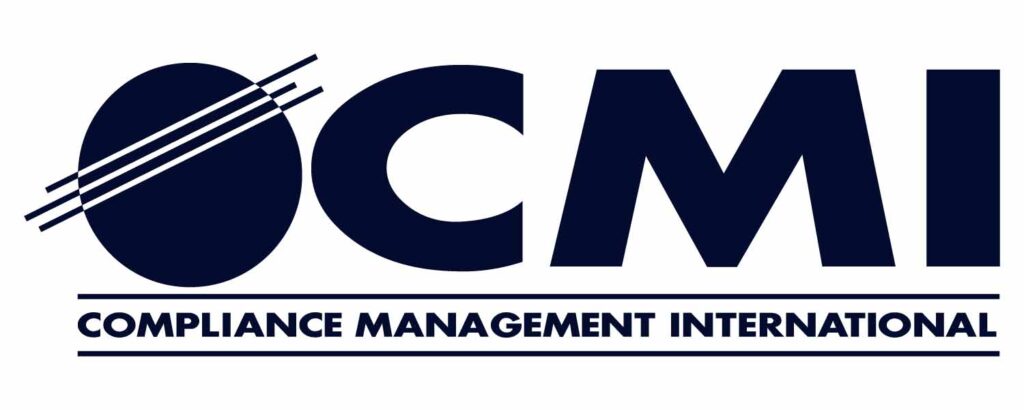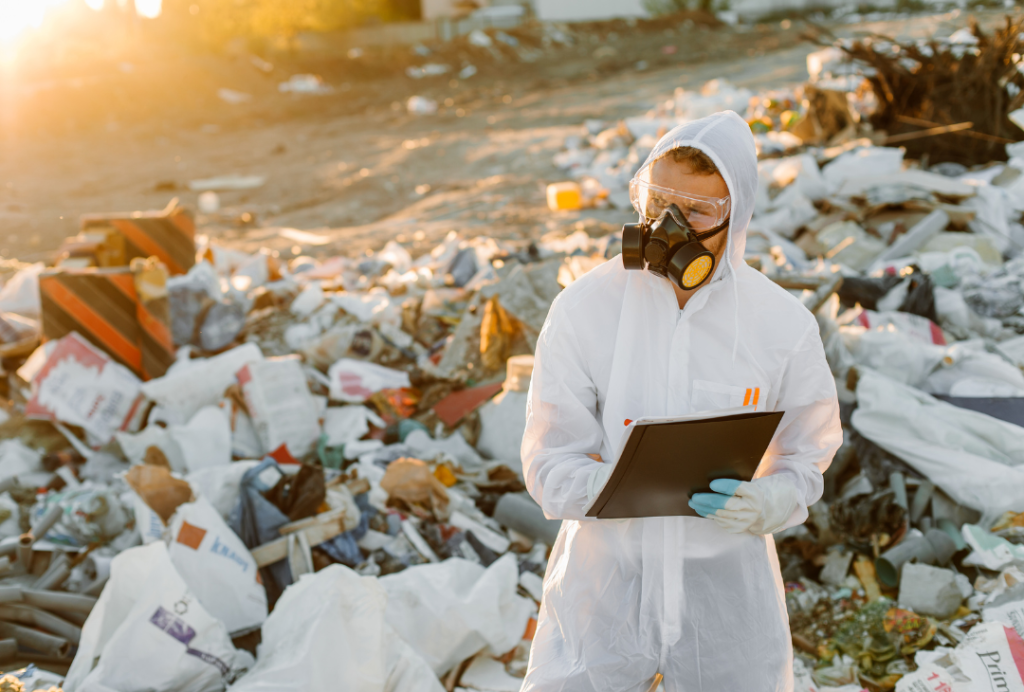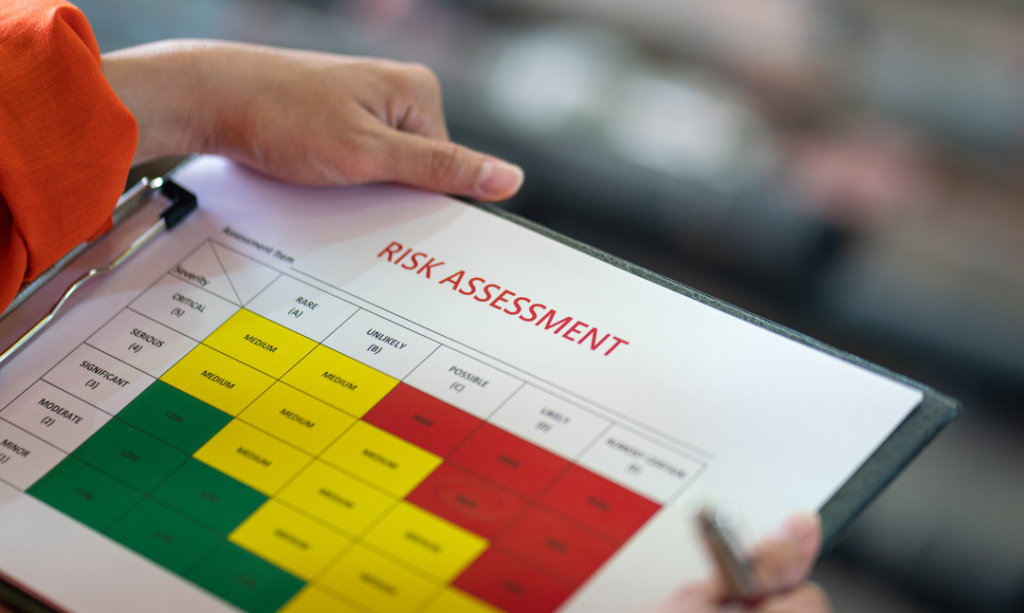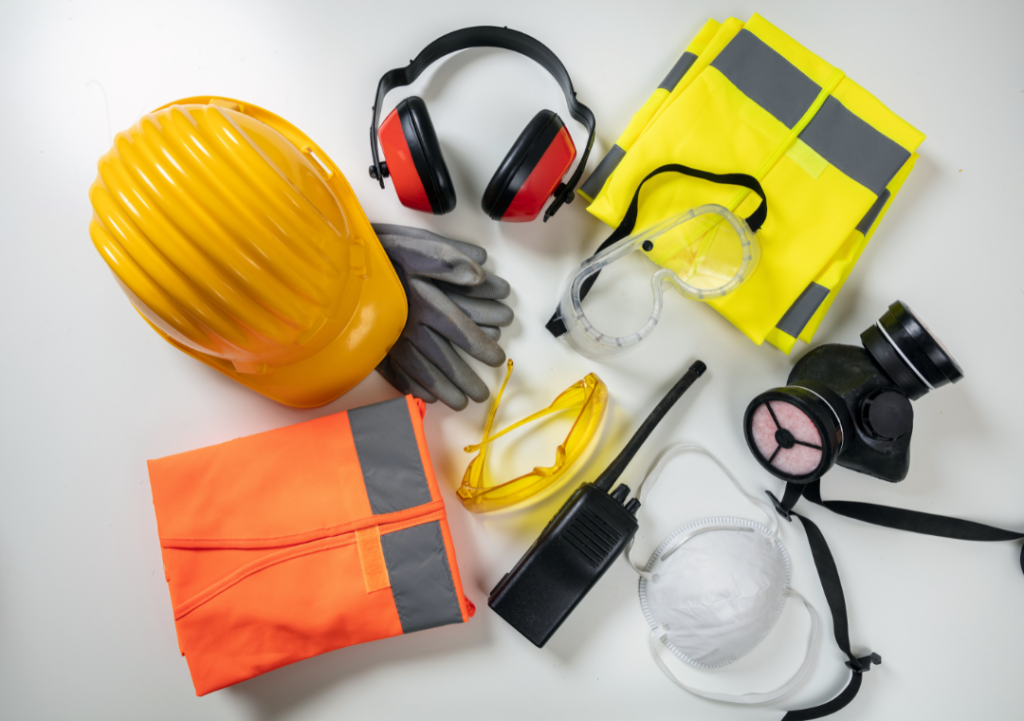- What is your current position with CMI?
I am a Senior Health and Safety Specialist within the Construction Safety Group. This group provides a wide variety of services for our construction and contractor clients. During the week, you’ll find me on various jobsites throughout the mid-atlantic region performing audits to ensure safe operation on jobsites. I evaluate hazards, both potential and observed, and discuss mitigation and prevention strategies with affected employees, foremen and superintendents. I also perform training to ensure employees are up to date on pertinent regulations or health and safety requirements and that they understand their duties for working safely. Our training program ranges from general OSHA compliance, such as fall protection, asbestos awareness, hearing conservation and forklift programs to various best management practice topics such as certifying safety committee to meet PA DOL requirements, active shooter preparedness and response. I always customize training programs to suit the specific needs of the jobsite and client.
- You volunteer as a firefighter; how do you feel your fire services/emergency services are relative to what you do at CMI?
There are certain aspects of firefighting that are similar to what I do at CMI. Construction sites often have many dangerous activities occurring at once and emergency scenes are similar. I use my fire service knowledge and experience to ensure that hot work and other risk tasks are done safely on construction sites. A big part of what I do in to be successful in both roles is to be a strong people person. In both positions we have to deal with all kinds of personalities and help a wide variety of people deal with tough situations. In the fire service, typically you’re dealing with people during one of their worst days and being compassionate allows the situation not to escalate. Same with safety, we’re coming into someone’s worksite and telling them they need to do things differently and being compassionate about your message allows for more positive outcomes.
The fire service is an inherently dangerous profession and that’s why safety is paramount. There are similarities amongst OSHA and NFPA and one of those similarities is the requirements around respiratory protection. Annually, firefighters are required to perform a fit test to ensure the respirator the firefighter is using will provide them with the necessary protection. Until proper air evaluation is performed, the atmospheres we work in is extremely toxic, so the use of Self Contained Breathing Apparatus (SCBA) provides us with clean air. Our SCBAs are sophisticated with a lot of technology to provide for a safe operation during a firefight.
Firefighters also conduct annual training on the proper use of a SCBA, donning/doffing and periodic drills to ensure we maintain as much air in the cylinder as possible for as long as possible. Much like what you go through at work with annual training and periodic training, we conduct the same on a weekly basis.
- October is national fire prevention month; can you share some important tips our readers should know about fire prevention?
As a homeowner, there are several things to consider to improve fire protection for your loved ones. First, always install smoke detectors according to the townships building code with at least one per floor. Statistics show that having working smoke detectors will save lives. It is critical to inspect them to ensure they will work when needed. If they are battery operated, check the batteries at least twice a year and change as needed. It’s important to also, look at the manufacturer’s date because smoke detectors expire so make sure they are in good condition and replace before they expire. I have been called to plenty of scenes where the smoke detector was there, but they did not go off because it was past its expiration date. Second, talk to your family about an escape route from various parts of the home. Know where the meeting point will be for your loved ones. Practice and quiz them to ensure its engrained into their reaction patterns. One more important tip for those who have a wood burning free standing stove like I do, is to have the chimney professionally cleaned at least once a year. Creosote buildup causes many chimney fires and I’ve been to way too many scenes where a family was displaced due to a chimney fire. Always have at least one working fire extinguishers in the house and make sure everyone knows how to use it. PLEASE MAKE SURE YOU HAVE THE APPROPIATE FIRE EXTINGUISHER FOR THE TYPE OF FIRES that may occur. A Class K fire extinguisher is needed to put out grease fires in the kitchen.
Business owners should make sure that they have a written Emergency Action and Fire Prevention Plan in place as well as making sure periodic training provided to supervisors and employees. Perform fire drills on all shifts, make sure fire extinguishers are inspected monthly and tested annually and make sure they are not blocked and easy to access if needed. Invite your local fire department to your facility to perform a walkthrough and provide tips for how to improve your program. This also gives the fire department the knowledge of your facility so they know where the electrical and gas shut offs are located which can reduce damage should a fire occur.
- What have you seen in the field that could have been avoided if companies had initiated fire prevention programs and ensure they were maintained?
A large number of our calls are due to malfunctioning alarm systems. This can be avoided by performing required testing to ensure the system will work according to the design. My company was first due on a 2-alarm fire in a garage space that occurred due to poorly managed rags in a wood shop. Make sure used rags and other flammable or combustible waste is managed properly and that lids are closed, and the proper waste container is selected. We saw a homeowner lose his garage because of poor housekeeping and a rag caught fire causing his paint and paint thinners to ignite. Not providing for proper smoking receptacles has also been something we see cause fires and we have seen that destroy large buildings.
- Can you explain more about how you help deliver spill response (HazWOPER), first aid, CPR and fire extinguisher training?
CMI’s training services are geared towards all levels of an organization, from new hire orientation to senior level management. We design our programs to educate the workforce and ensure they leave our classrooms with the knowledge needed to provide a safe work environment and for employees to work safely every day. Our programs are taught by industry leaders with real world experience with the topic. For courses like HazWOPER, I will work with our environmental group to deliver the course. I am also one of many CMI employees who deliver first aid, CPR & AED certified training. This is a fun, hands on experience. One of my favorites courses is fire extinguisher training especially when we get to use live extinguishers. We can bring the training to the worksite, or we can conduct training at one of our training centers if the worksite is not equipped for learning. We have a large training room with all of the amenities to facilitate a large or small training course. CMI offers multiple services on fire prevention, contact us to learn how we can help you stay safe.
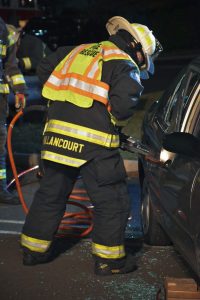
Written by Mark Vaillancourt, Senior Health and Safety Specialist, Construction Safety
